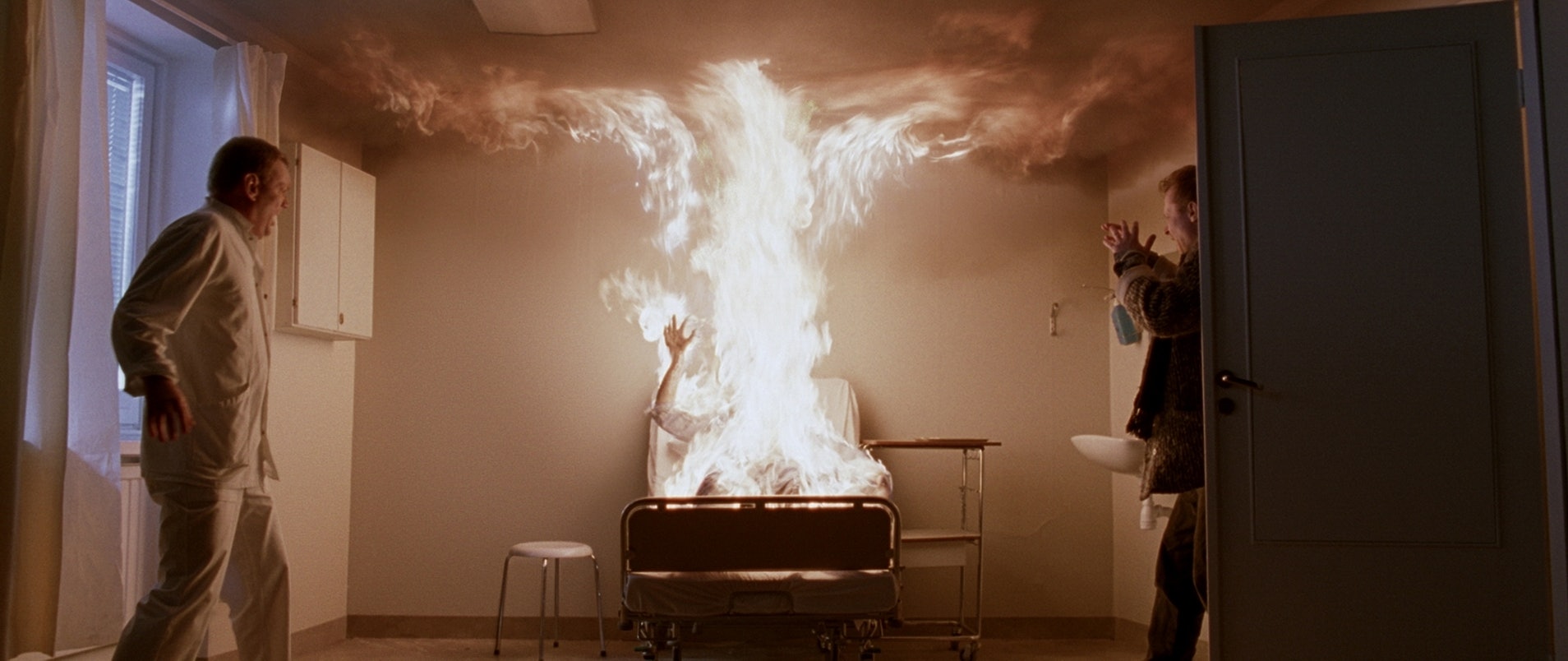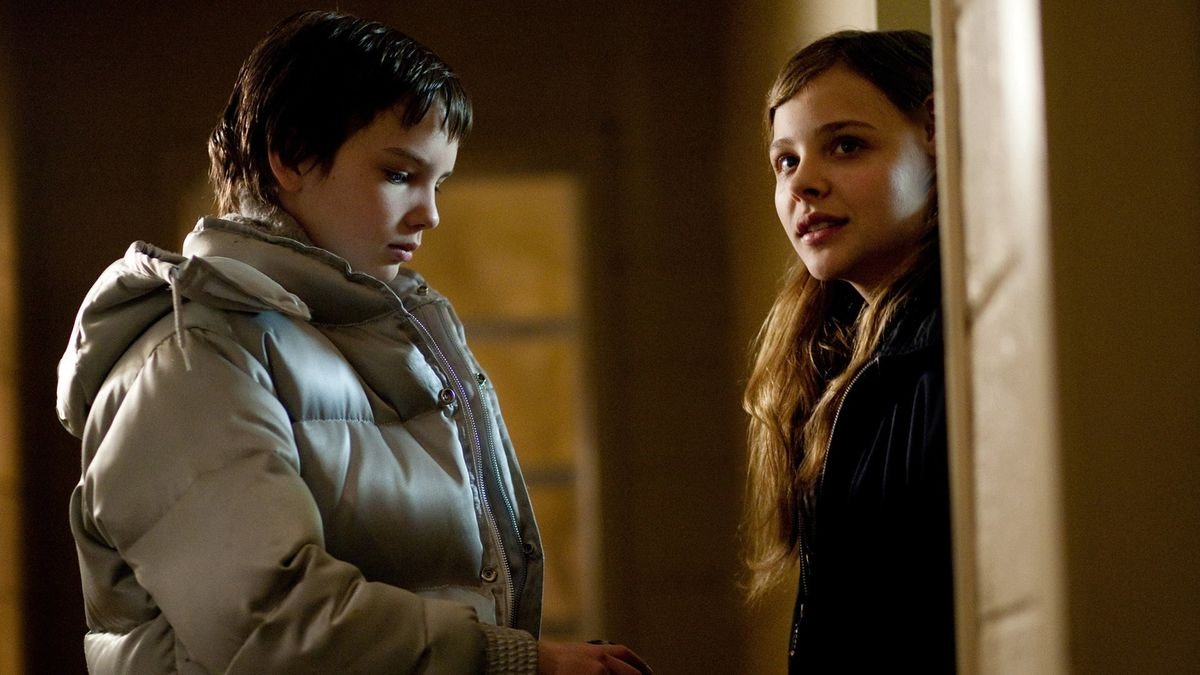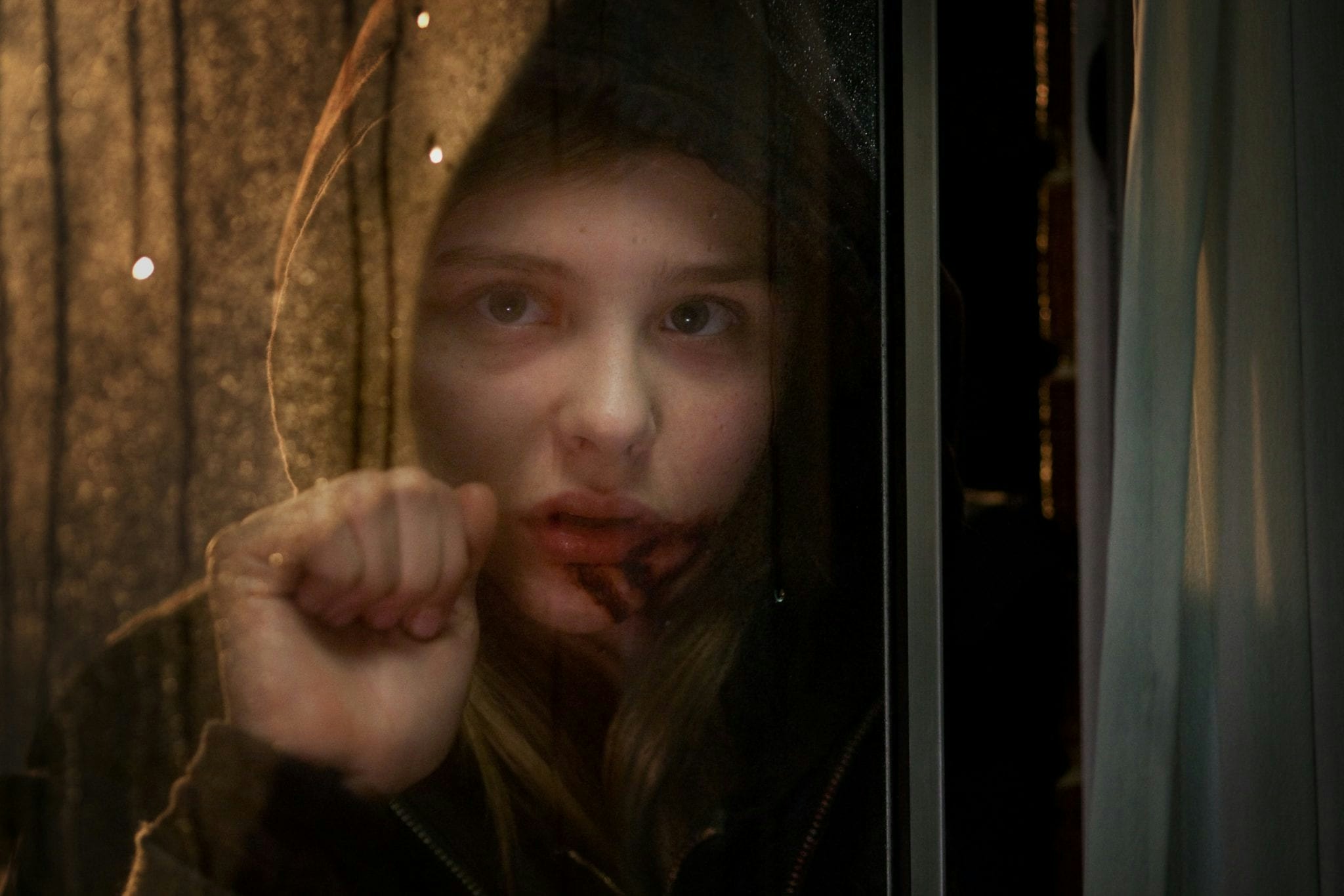
American remakes of acclaimed international features are common. And yet rarely do these translations succeed in capturing the same uncompromised imagination that possessed their inspirations.
Still, not every American remake is doomed to diminishing returns and, in 2010, the filmmaker Matt Reeves succeeded where countless others had failed.
At the time best known for his work on J.J. Abrams’ mystery-box monster flick Cloverfield, Reeves hadn’t yet emerged as an assured visual stylist with a penchant for dark, brooding antiheroes. This past decade, Reeves has since shown us the true measure of his artistry, directing two entries in the Planet of the Apes franchise, approaching these as the second and third acts of a Shakespearean tragedy, and signing on to helm The Batman.
But it was the haunting horror and beauty of Let Me In, Reeves’ now-on-Netflix remake of a Swedish genre classic that first announced him as a major talent.
Back in 2007, even before Tomas Alfredson’s Let the Right One In had screened for audiences, Hollywood was circling the film. Once it premiered at the 2008 Tribeca Film Festival, winning a major prize, the newly resurrected Hammer Films emerged to acquire rights to a remake.
It’s easy to understand Hammer’s haste. Drenched in forbidding atmosphere and cold to the touch, Let the Right One In unspools as a grim fairy tale, following the relationship between a bullied young boy and a girl living in his apartment complex. United in isolation, they become close, and he notices things, like the fact that she never leaves her apartment, or that her obedient guardian doesn’t seem like much of a father. Yet he can’t stay away. Alfredson’s dreamlike atmosphere lends the film a certain numbness. Its characters are so lost that they can’t feel the despair and dread creeping inside them, and the audience shares their uneasy stupor.
Tasked with reimagining this frost-bitten fable, Reeves rose to the challenge by confidently drawing out variations on its themes of love, loneliness, and attachment. His Let Me In, released in 2010, keeps the ‘80s time period but shifts the setting from snowbound Sweden to a forlorn expanse of the West, situating the story’s tensions of suspicion and otherness against real history.

Ronald Reagan’s “evil empire” speech sets the film’s moral framework, with its broad declarations of good and evil establishing that the United States faces external threats to its order. For 12-year-old Owen (future Oscar nominee Kodi Smit-McPhee, The Power of the Dog), caught between an alcoholic mother at home and bullies at school, the implications of such an address are troubling. If American society is a force for good, what does it say about its outcasts and those harboring thoughts of brutality?
We soon join Owen in his bedroom, wearing a mask and threatening his reflection with a pocket knife, sneering, “Are you a little girl?” The context isn’t immediately clear, but we soon realize that he’s play-acting a revenge fantasy, imagining the moment in which he can finally fight back. When he meets his neighbor Abby (Chloë Grace Moretz, Kick-Ass), the pair form a tentative friendship. Owen tells her of his pain, and she encourages him to retaliate while promising to protect him.
But Abby is no girl. A chilly prologue sees a disfigured man rushed into the hospital, only to leap from the tenth-story window when a detective (Elias Koteas) arrives to question him about a recent spate of ritual murders. With this eerie scene setting the tone, Reeves makes little secret of the sinister undertones in Abby’s relationship with her older guardian, Thomas (Richard Jenkins), who’s anguished by what she asks of him.

Indeed, as Let Me In progresses, many of Reeves’ most striking additions are sequences in which Thomas attempts to feed Abby. He murders one teenager and drains their blood into a jug, only to spill it out onto the white snow, where it settles in like a bruise. Another attempt careens into mayhem when Thomas is found lurking in a would-be victim’s car; locking the camera down in the backseat, Reeves stages one of the most terrifying fixed-point crash sequences in recent memory.
Perspective is essential to Reeves’ vision for Let Me In — predictably, given his success restricting point of view for the frantic, found-footage Cloverfield. No one sees anything in the cold light of day here, and the oppressive darkness of the film is so threatening because it is opaque, and thus unknowable. As Owen and Abby meet, their vision is limited to silhouettes and shapes at windows, the sepulchral aura of their surroundings permeating the frame. The detective’s glasses fog up as he peers into dark corners, and Owen’s vision is often limited to what he can see through peepholes or telescopes — or, later, while submerged beneath the surface of a swimming pool.

Where Let Me In works even better than the original is in its visceral depiction of Owen’s torment. He’s terrorized in the locker room and a bathroom stall on the way home from school and off the beaten path. To be the weakest in a den of wolves is to live in fear and humiliation, hounded and damned. By conveying the brutality of Owen’s daily life, Reeves makes Abby’s seduction feel even more like a cold comfort.
The film is also more direct than the original about the predatory nature of Abby’s interest in Owen. A vampire film that recognizes the moral rot inside any creature that must drain another’s life to live, Let Me In is about childhood innocence as a state of exquisite vulnerability. It’s worth considering how Abby’s grooming of Owen begins on the playground outside their building. Reeves revisits this structure throughout the film, snowfall accumulating on its metal beams until they’re shrouded. Everything looks different in the winter light.

Greig Fraser, the film’s cinematographer, opts for a somber, exsanguinated color palette, suggesting not only frosted windows and black ice but a chillier, spiritual absence — of warmth, affection, and security. What light we see is jaundiced, cluing us into the ways it endangers both Abby and Owen. One of the film’s most chilling visuals is the disguise worn by Thomas when he’s out hunting for people to drain: a black plastic trash bag with the eyes cut out, most disturbing in its mundanity but also reminiscent of the executioner’s hood that the Zodiac is reported to have used as a mask.
The film’s secret weapon, meanwhile, is Michael Giacchino’s ominous score, which layers on distant bass and drones while isolating soft piano keys to add notes of elegance to the horror. That Reeves, Fraser, and Giacchino will reteam on The Batman is cause for celebration, given the bone-chilling atmosphere they first established here.
Let Me In is now streaming on Netflix.







